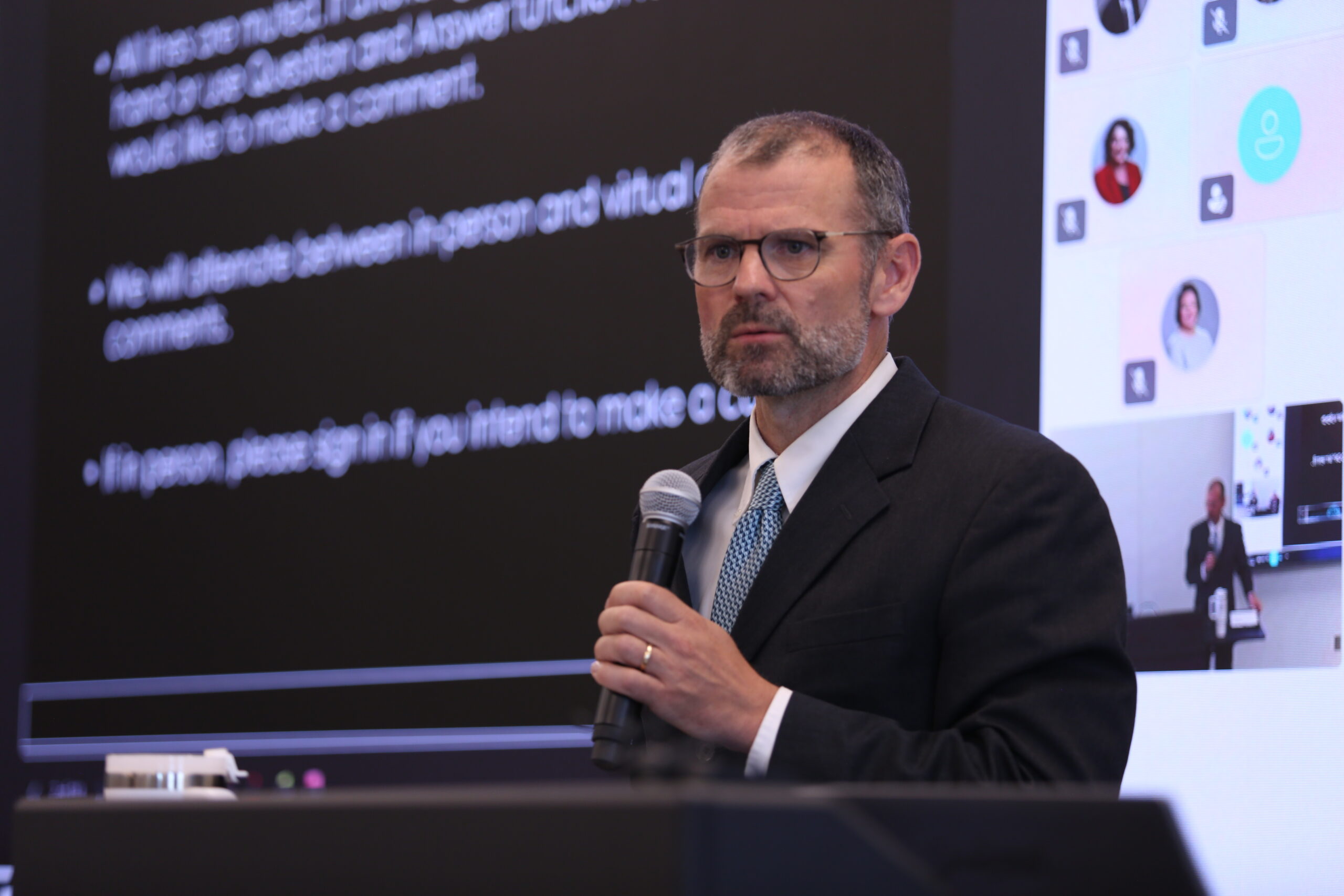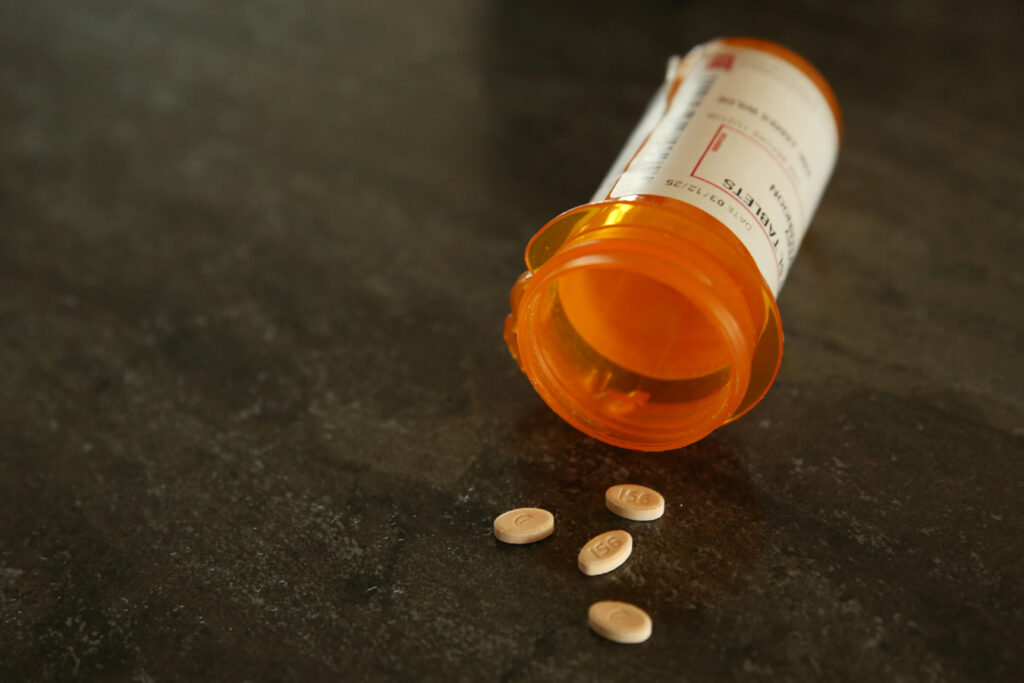Buprenorphine tablets, which are used to reduce opioid withdrawal symptoms and cravings. (Photo by Makenzie Huber/South Dakota Searchlight)
The South Dakota Department of Social Services plans to revamp its opioid treatment and prevention grants, with a three-tiered system including “transformative” grants up to $2 million.
Department officials announced the new grant structure using opioid settlement funds at Tuesday’s Board of Social Services meeting.
“Just trying to put some of the same window dressing on some of the same old methodologies isn’t what we’re after,” Secretary Matt Althoff said. “We’re looking for true innovation, a true effort to earnestly fill the gaps that exist today.”
South Dakota is projected to receive just under $99 million in settlement funds by 2038, based on the department’s settlement dashboard. The money comes from a series of nationwide settlements with the makers and sellers of the opioid painkillers that contributed to a spike in drug addiction and overdoses.
The majority of that funding will be distributed and spent by the state, while 30% will be used by local governments.
The state has received about $23 million in its share of the funds so far, with about $11.7 million uncommitted. The department plans to reserve about $12 million in a trust fund to sustain the state’s opioid abatement plan, in case federal funding for other substance use-related grants ends. That equates to about 25% of each disbursement received over the life of the settlement.

Most spent funds have gone toward the community grant program, with the state using part of its share to give additional money to local entities and organizations, followed by the prescription drug monitoring program, naloxone distribution (naloxone is a medication used to reverse the effects of an opioid overdose) and overdose follow-up programs.
Brenna Koedam, behavior health division chief, said there is an increased number of referrals for opioid use and other substance use disorder treatment services, increased understanding in how to handle substance use among providers, reduced burnout among first responders and law enforcement, and reduced stigma surrounding opioid use disorder in the last few years. She did not explain to the board how most of those achievements were calculated or measured, though she attributed them to programming assisted by the settlement fund.
Opioid related deaths in South Dakota decreased to 39 in 2024, compared to 2023’s peak of 47. According to the state’s Drug Overdose Surveillance and Epidemiology data, 844 South Dakotans visited emergency departments for suspected drug overdoses — opioid and other — in the first six months of this year. That’s down by one visit compared to the same timeframe in 2024 and up by 44 compared to 2023.
Attorney General Marty Jackley criticized the department in August for not spending the opioid settlement funds as quickly as he wanted, and not sending enough of the money to the city governments of Sioux Falls and Rapid City. Althoff said at the Tuesday meeting, and in response to Jackley’s comments in August, that the department needed to spend COVID-19 relief funds that were expiring before they spent more settlement dollars.

Koedam announced Tuesday that the department will restructure its community grants into three tiers:
- Small grants of up to $5,000 for immediate or short-term projects, offered on an ongoing basis and focused on prevention, such as funding a speaker on opioid use and risks at a school district.
- Mid-size grants of up to $50,000, offered twice a year, intended for projects that can be completed in a year.
- “Transformative” grants of up to $2 million intended for regional innovation, which could include workforce development to attract more workers to the behavioral health field, based on a letter of interest from potential grant recipients.
Althoff said South Dakota’s substance use problems extend beyond opioids, citing meth and alcohol as other examples.
“The opioid dollars will not necessarily be able to just solve the opioid problem,” Althoff said. “We’re trying to be very creative about how we do this in ways that — even if opioid isn’t the first level of addiction, it might be even tertiary involvement — it’s all bridged and interrelated.”
Koedam added that the department signed contracts with Colorado-based Steadman Group and the University of South Dakota totaling just under $325,000 to conduct a statewide opioid needs assessment, which will identify gaps in South Dakota’s treatment and prevention infrastructure. The needs assessment is expected to be completed by spring 2026.
GET THE MORNING HEADLINES.


